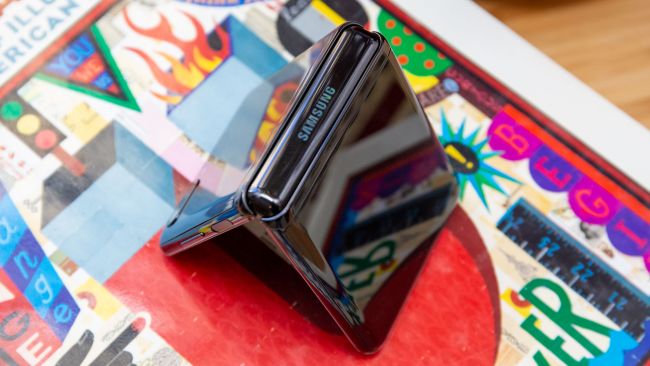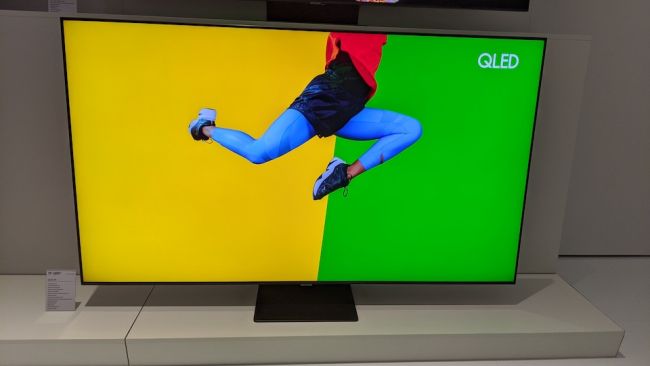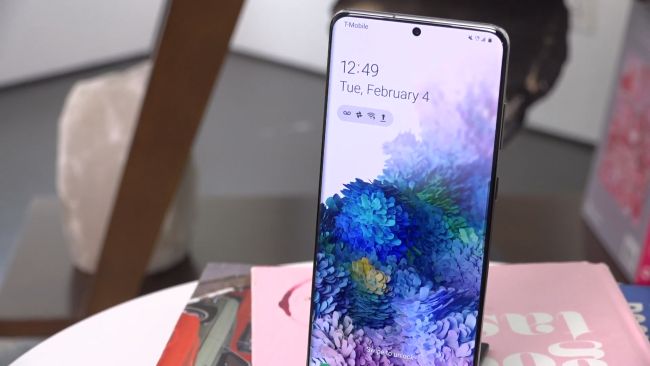The Fujifilm X100V is a premium compact camera that inherits some great genes – it's the fifth member of a family that stretches back to the original X100 from 2011, while its design is inspired by 1950s analog cameras.
The series is now considered to be camera royalty, but why is it so revered? Aside from those vintage Leica looks, it comes down to a special combination of four factors – a travel-friendly form factor, large APS-C sensor, hybrid viewfinder and fixed 23mm f/2 lens. Together, these four things make the X100 series great 'everyday' cameras and ideal for inconspicuous street shooting.
So what's new for the X100V? It might look almost identical to the X100F, but quite a lot is different. The main physical changes are a new tilting touchscreen (a first for the series) and a redesigned lens. But inside there are big improvements too, including a new 26.1MP APS-C X Trans CMOS 4 sensor, improved autofocus system and the ability to shoot 4K/30p video.
Is this all enough to make the X100V as popular as its predecessors? Or is it now just a niche anachronism in the smartphone age? We played with one at Fujifilm's London launch event to find out.
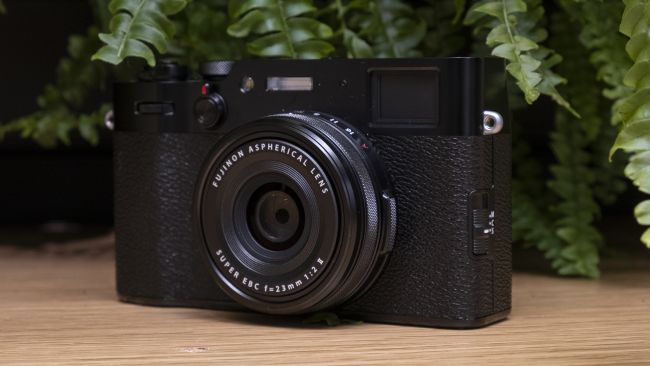
Fujifilm X100V release date and price
The Fujifilm X100V will be available in two versions, with the Silver model available from 27 February and the Black version hitting shelves from 12 March.
Both will cost $1399 / £1299 / AU$2,349, which is around the same price that the X100F originally went on sale for in 2017, when you take inflation into account.
Interestingly, there will also be a 'Weather Resistance' kit, including an adaptor ring and filter, available for the X100V. Without these accessories, the X100V falls short of being officially weather-resistant, but add those to the lens and you'll be guaranteed a certain level of protection from elements.
This 'Weather Resistance' kit will cost £99 (about $130 / AU$190), although in the UK Fujifilm says the kit will be be sold at £49.50 (about $60 / AU$100) when you buy it with the camera.

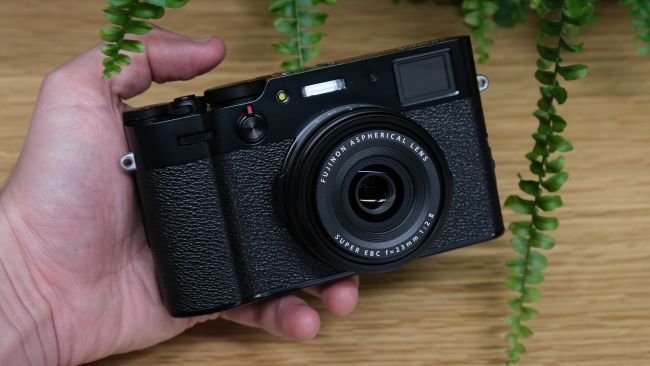

Build and handling
The Fujifilm X100V is, like its predecessors, a beautiful camera. In fact, it has few rivals in this department, aside from minimalist rangefinders like the Leica Monochrom M. Put that camera side-by-side with the black version of the X100V, and you might struggle to tell them apart (unless you can also see their price tags).
The X100V's most interesting new physical feature is its new tilting touchscreen. We were concerned that this might sabotage the camera's clean lines, but Fujifilm has cleverly made sure the screen sits flush with the rear of the X100V when it's folded away. There's no doubt this screen is a big boon for shooting from low or high angles, and it could be one of the main reasons to upgrade from an earlier X100.
Slightly more divisive, though, is Fujifilm's decision to remove the D-pad on the X100V. On its predecessors, these buttons acted as useful physical shortcuts to functions like film simulations or the AF mode. What made them particularly handy was the fact that you could use them while looking through the viewfinder. The X100V supports Fujifilm's touchscreen gestures – which let you swipe in a direction to bring up menus – but you can't do this while wearing gloves.
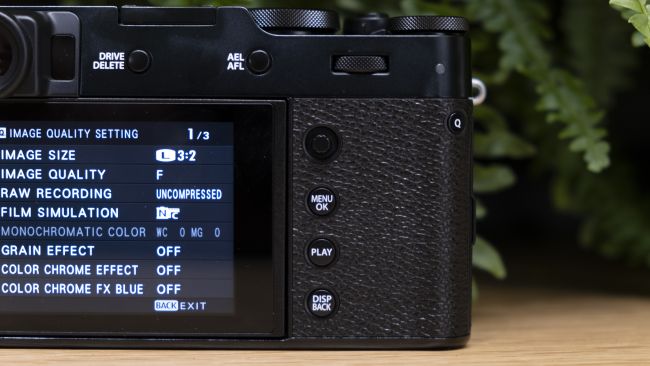
Still, the X100V does retain the joystick that was introduced on its predecessor, which lets you easily choose autofocus points. The top plate is largely unchanged too, with the shutter speed dial doubling as your ISO dial. Changing the latter is now much less hassle, because the dial's outer ring doesn't snap back into place, meaning you just lift it once to change the ISO, then push it down again. If you find this too fiddly, you can also use the front dial to tweak both ISO and exposure compensation.
Along with the removal of the D-pad, another slight disappointment is that the X100V still isn't completely weather-resistant – at least out of the box. Add the 'Weather Resistance' kit (£99, about $129 / AU$192), which is just an Adaptor Ring and Filter, and it suddenly becomes weather-resistant, because it's the lens that is the weak spot.
It's a shame Fujifilm couldn't fix this without the need for accessories, or at least bundle the Adaptor Ring and Filter as standard. But it is at least offering the kit at half price when you buy it at the same time as the camera in the UK (we're confirming if this is the case elsewhere). The X100V isn't exactly a fragile camera either, with the aluminum construction and satisfying heft making it feel both solid and well-balanced.
Overall, then, the X100V isn't a complete physical reinvention of the series. And if you've never used one before, it's worth bearing in mind that this 'compact' isn't quite pocketable, unless you have a very large jacket pocket. But its tilting screen is a great new addition and helps make this camera as practical as it is charming.


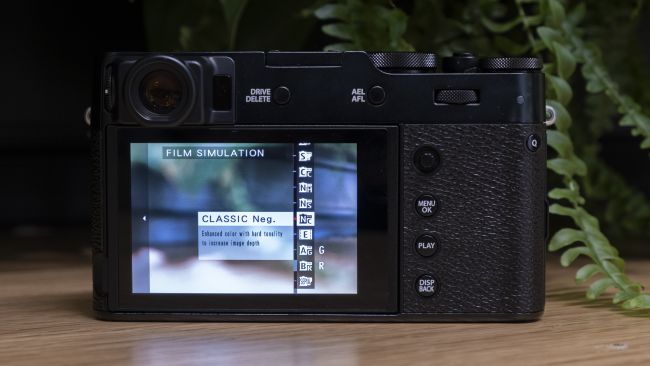
Features and autofocus
Aside from its tilting screen and redesigned 23mm f/2 lens, the X100V's biggest changes are arguably under the hood.
It effectively has the same shooting engine as the Fujifilm X-Pro3, a similar camera that instead offers interchangeable lenses and a slightly eccentric 'hidden' LCD. That means you get the combination of an 26.1MP X-Trans CMOS 4 sensor with an X-Processor 4 processor.
What does this mean in reality? We'll have to confirm the results in our full review, but in theory this should mean improvements across the board for image quality, high ISO performance and autofocus, particularly in low light. Fujifilm claims the X100V will be able to focus right down to –5EV, which is equivalent to the X-Pro3 and good enough for even the gloomiest of shooting situations.
Another big help when composing shots is the improved electronic viewfinder (EVF). One of the X100 series' hallmarks is a clever hybrid viewfinder (also seen on the X-Pro3), which lets you toggle between an old-fashioned optical (OVF) and electronic (EVF) viewfinder using a switch on the front.
For the X100V, Fujifilm has boosted the latter's resolution up to 3.69 million-dots and its magnification to 0.52x. It still feels pretty small compared to a larger mirrorless camera, but it's a welcome improvement for those who prefer the benefits of composing electronically, where you can instantly see the effects of changing settings.
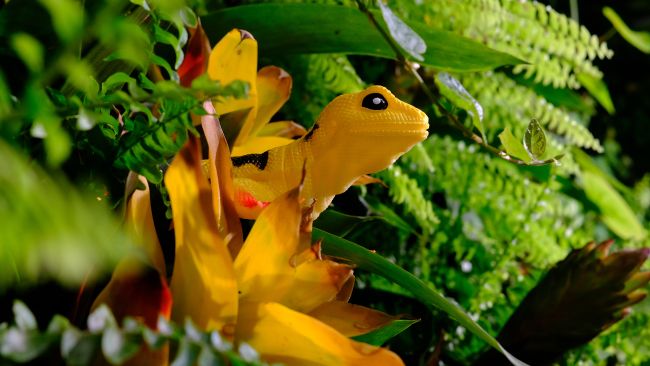


One final boost from the new X-Processor 4 is improved continuous shooting. The X100V is no sports camera, though it can now rattle off a very decent 11fps in burst mode (or 20fps with the electronic shutter). The buffer at this max setting is, though, a little limited, topping out at 38 JPEGS or 17 Raw files. Switch to a lower setting and the X100V will give you hundreds of JPEGs without pausing for breath.
While it's predominantly a stills camera, Fujifilm has also boosted the X100V's video skills. You can now shoot 4K up to 30 frames per second, or capture 120 frames per second at 1080p for slow motion effects.
If you are planning to shoot a lot of video with your stills, you'll be pleased to see that the X100V also now has a USB-C port on the side, which means you can keep its battery (now up to 350 shots per charge, from 270 on the X100F) topped up via a Power Delivery battery pack.

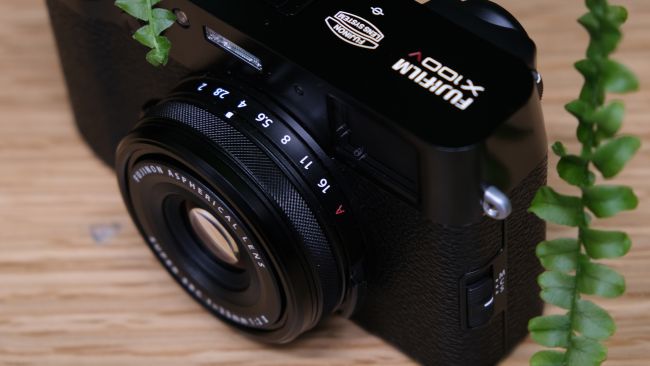

Fujifilm X100V early verdict
From what we’ve seen so far, the X100V is shaping up to be another superb premium compact and a worthy successor to the X100F. Not much has changed externally, but inside it’s now a very modern camera with the sensor, autofocus and video skills you’d expect to see in 2020.
The most impressive physical feature is that tilting screen, which sits completely flush with the camera when folded away and adds no extra bulk to the design. We also liked the tweaked shutter speed and ISO dial, which is now much easier to use when looking through the viewfinder, and the improved EVF too.
Slightly less impressive is that the X100V is only weather-proof when add you the optional adaptor and filter to the lens, and the removal of the D-pad buttons. The latter seem to have been sacrificed at the altar of aesthetic minimalism, but we'd like to have seen them retained, particularly as the X100 series is renowned for its user-friendly tactility.
Still, these minor quibbles aside, the X100V is looks like it could be a fantastic addition to our favorite line of premium compacts. If you're looking for a travel camera with a large APS-C sensor, great viewfinder and a 23mm (or 35mm equivalent) fixed lens, then it may well be the best around. We'll let you know for sure in our full review soon.

